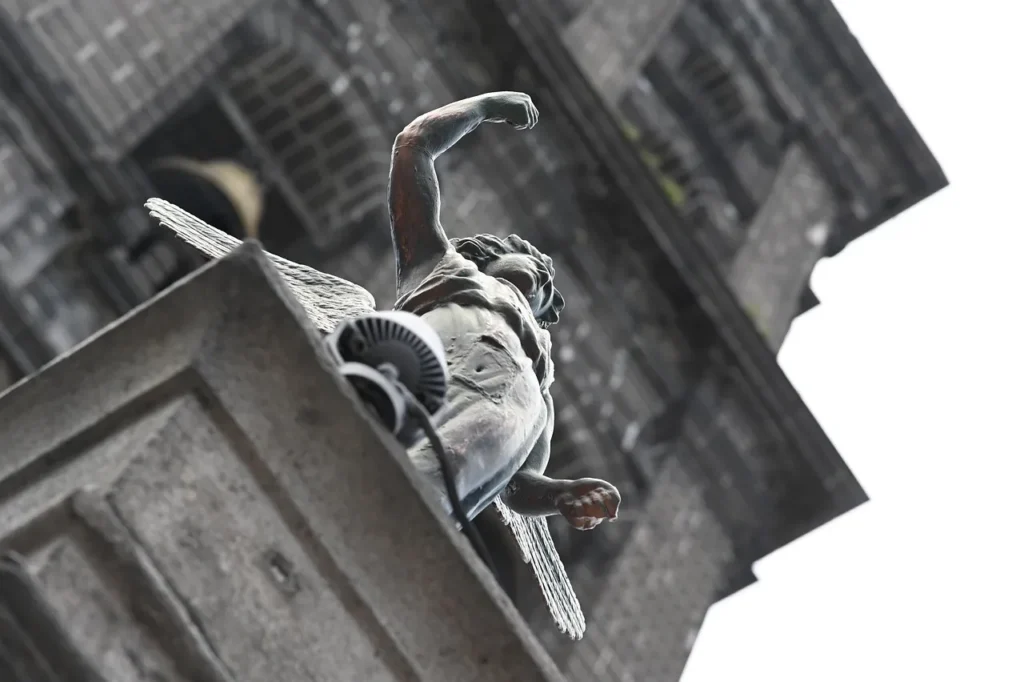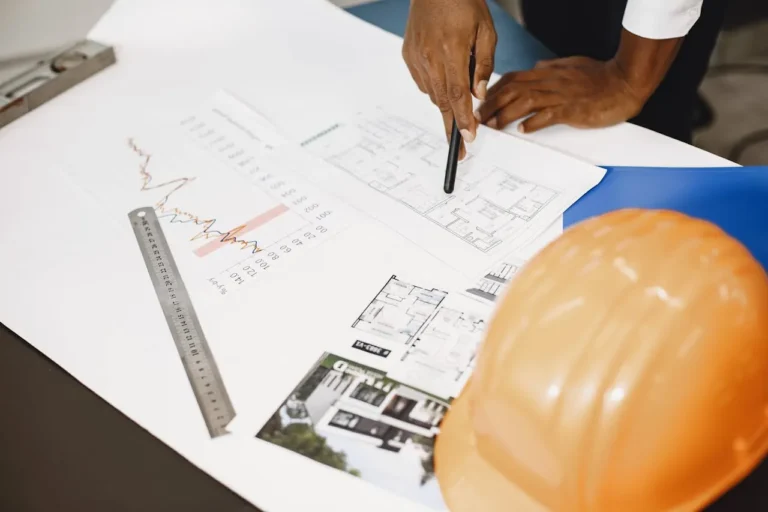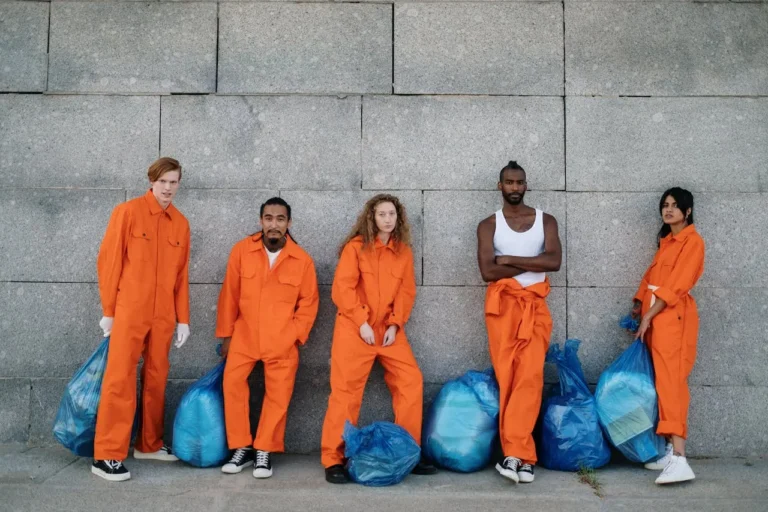
Doha Debates Explores Modern Architecture’s Role in Cultural Identity and Decline
In a world where skylines rise faster than societies can adapt, architecture has become more than a question of design—it’s a mirror reflecting our collective values. This week, Doha Debates tackled one of the most compelling questions facing the built environment today: Has modern architecture contributed to cultural decline, or is it redefining beauty and progress for a new age?
Moderated by Dareen Abughaida, the discussion gathered students from across Qatar alongside global experts in architecture, philosophy, and design. The diverse panel featured Marwa Al-Sabouni, a Syrian architect and author of The Battle for Home; Tariq Khayyat, founder of T.K. Architects and former director at Zaha Hadid Architects; Carl Korsnes, philosopher and editor-in-chief of Sivilisasjonen magazine; and Bidisha Sinha, associate director at Zaha Hadid Architects. Together, they examined how architecture can either strengthen or erode cultural and social foundations.
The Case Against Modernism: Has Architecture Lost Its Soul?
Carl Korsnes and Marwa Al-Sabouni shared a deep skepticism toward the legacy of 20th-century modernist architecture. Both argue that modernism, despite its historic role in innovation, severed architecture from its human and cultural roots. For them, the minimalist glass-and-steel aesthetic that dominates global skylines is not a symbol of progress, but of alienation.
Korsnes, whose philosophical work explores civilization and meaning, framed modern architecture as an outcome of a broader cultural crisis. “When ornamentation and narrative were stripped away, we also removed context and emotional connection,” he said. “The result is architecture that is efficient but empty—beautiful only to machines, not to people.”
Al-Sabouni’s perspective comes from lived experience. As a Syrian architect who helped rebuild Homs after years of war, she witnessed firsthand how design influences social cohesion. Her book The Battle for Home argues that the destruction of architectural identity in Middle Eastern cities mirrored a collapse in community values. During the debate, she emphasized that architecture must embody cultural continuity, not just technical excellence.

The architectural idiom we have adopted has embodied a cultural and intellectual decline,” Al-Sabouni said. “It has created the emptiness we see today—not only in our cities but in our lives.
For her, the sterile homogeneity of glass towers and concrete blocks represents a loss of both humanity and place. The question, then, is not whether modernism builds taller or faster—it’s whether it still builds meaning.
In Defense of Modernism: Redefining Beauty for a New Era
On the opposite side of the argument stood Bidisha Sinha, who presented modern architecture as an evolving art form, capable of expressing new values for a changing world. As part of Zaha Hadid Architects, one of the most iconic firms of the modern era, Sinha views innovation not as cultural abandonment but as a reimagining of beauty.
“Modernist architecture is more steered toward ideology than seeking beauty,” she acknowledged, “but that ideology—rooted in openness, inclusivity, and function—was a necessary response to the rigid formalism of the past.”
Sinha argued that beauty is not static. Doha evolves with the societies that define it. For her, modern architecture embraces freedom—freedom from unnecessary ornament, from the limits of tradition, and from the assumption that form must always follow heritage. “When we create fluid spaces that challenge perception,” she said, “we are also expanding the boundaries of what humanity can aspire to.”
She cited examples of modern architectural achievements—from the organic fluidity of Hadid’s designs to sustainable smart cities—as proof that modernism can still serve the human spirit when guided by empathy and creativity.
A Call for Balance: Reconciling Innovation and Tradition
Between these poles stood Tariq Khayyat, whose career bridges the worlds of avant-garde architecture and cultural heritage. Khayyat, a former design leader at Zaha Hadid Architects and now the founder of T.K. Architects, called for a middle path—one that reconciles innovation with identity.
“I think we have lost touch with beauty,” Khayyat reflected. “We have lost touch with ourselves and with how architecture plays an important role in enhancing our life experience.”
Khayyat argued that Doha while modern architecture has advanced technology and sustainability, it often fails to evoke emotion or belonging. He believes the future lies in hybrid design—architecture that respects local context while embracing global progress. In this view, the best cities of tomorrow will combine modern infrastructure with cultural sensitivity, ensuring that design serves both function and feeling.
His comments resonated strongly with students in the audience, many of whom expressed concern about the loss of cultural identity in globalized urban landscapes. Doha, with its own balance of futuristic towers and preserved heritage, provided a fitting backdrop for such a discussion.
Architecture as a Reflection of Society
Throughout the debate, a recurring theme emerged: architecture is never neutral. The shape of our buildings reflects the shape of our society. When cities prioritize speed and spectacle over soul, architecture becomes a symptom of deeper cultural displacement.
Korsnes described architecture as “frozen philosophy,” arguing that the decline of ornamentation parallels a decline in meaning itself. Al-Sabouni added that architecture influences behavior and community interaction—whether people linger in public squares, greet neighbors, or retreat into isolation behind walls of glass.
The students challenged the experts on whether technology could help reintroduce humanity into design. Doha Could digital tools, AI, and parametric modeling revive the lost harmony between people and place? Sinha responded optimistically: “Technology is a tool, not an ideology. It can enhance beauty if we remember why we build—to connect, to inspire, to live better.”
Cultural Reflection and Human Connection
As the debate unfolded, Doha Debates moderator Dareen Abughaida encouraged participants to consider how cultural values influence their sense of beauty. The discussion transcended architecture, touching on identity, community, and memory.
Al-Sabouni shared how rebuilding Homs wasn’t only a physical task but a moral and cultural one—restoring not just walls, but a sense of belonging. “When you rebuild a city,” she said, “you rebuild its soul.”
In contrast, Sinha Doha argued that each generation must redefine its aesthetic language. “We cannot cling to the past at the expense of progress,” she said. “The question is not whether we preserve or innovate—it’s how we integrate the two.”
Khayyat emphasized that human experience must remain at the center. “Buildings should not intimidate,” he said. “They should invite us to feel something—hope, peace, inspiration. Architecture should be a bridge, not a barrier.”
The Broader Meaning of Beauty
In closing remarks, Doha Debates managing director Amjad Atallah reflected on the philosophical nature of the discussion. “Beauty is never just about what we see,” he said. “It’s about what we value. In this debate, young voices reminded us that architecture can distance us from our humanity or bring us closer to it.”
He praised the intergenerational dialogue for pushing participants to reexamine assumptions about progress. “Their courage to question and reimagine what beauty means in the modern world shows exactly why these conversations matter,” Atallah concluded.
An Ongoing Global Conversation
Filmed in Doha in Doha Debates’ signature Majlis-style format, the episode exemplified the organization’s commitment to open, truth-seeking dialogue that bridges cultures and disciplines. By framing architecture not just as a technical field but as a moral and cultural dialogue, the Doha debate invited viewers to rethink how design choices shape the way we live, relate, and dream.
In the end, the question remained intentionally open: Is modern Doha architecture a sign of cultural decay or cultural evolution? Perhaps, as the panelists suggested, the answer lies in our ability to balance progress with purpose—to ensure that in building the cities of the future, we do not lose sight of the soul that built them.
Source link: https://www.businesswire.com





